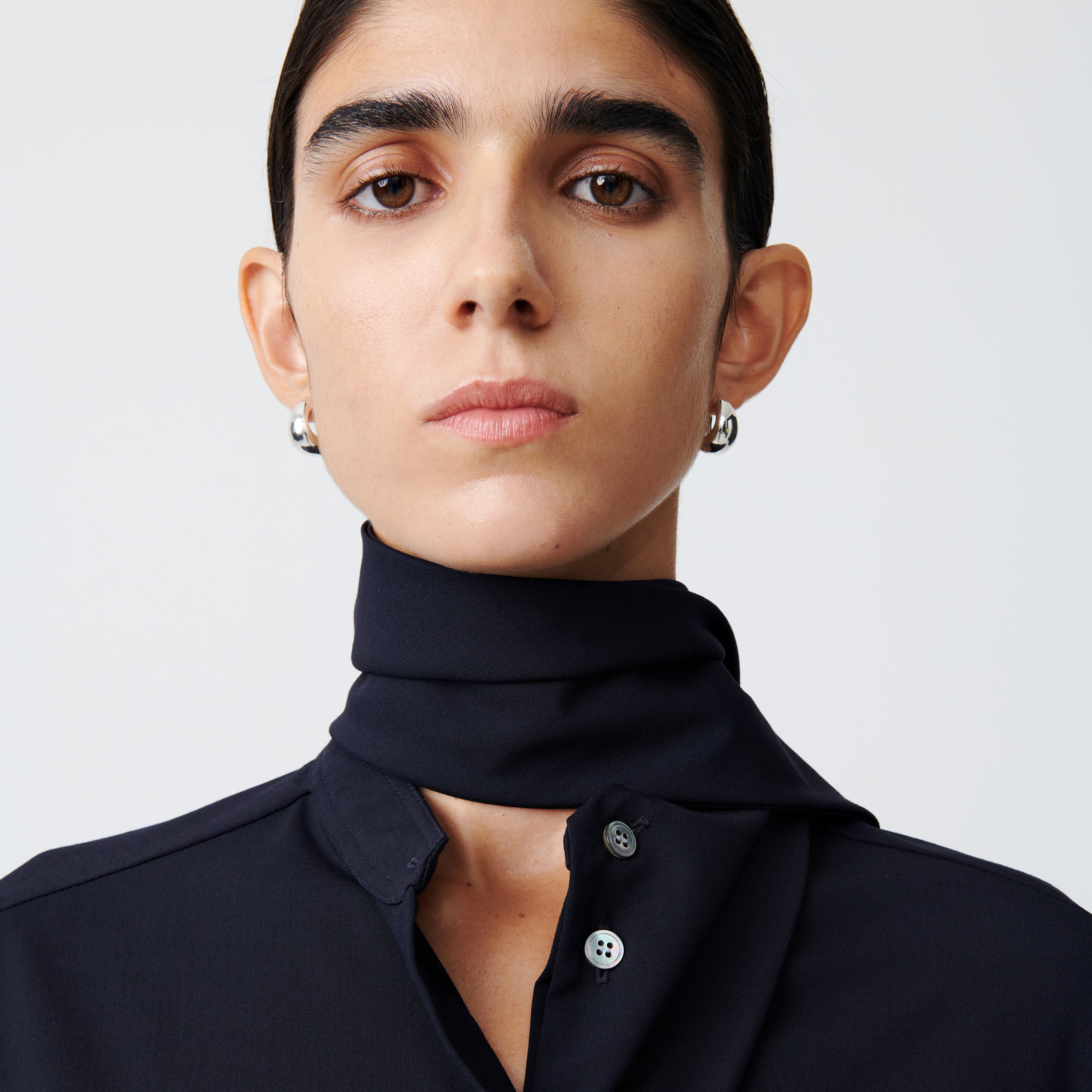



For any artist who works with the outer limits of contemporary technology, it can be difficult to gauge how work will age and date. What looks shockingly new can quickly appear quaint, naïve or just plain outmoded. Physical forms can degrade or be surpassed, so that what blows an audience’s mind on first contact can look to later generations like a damp squib which barely warrants a raised eyebrow (in Greg Milner’s 2009 book, Perfecting Sound Forever, he recounts the shock which audiences responded with when they were first played a gramophone recording, with one old woman in Worthing utterly insistent that there must be a hidden band playing behind a curtain).
One way of circumventing this risk is to treat technology as malleable hardware, rather than admire its output. And it’s this idea that has ensured that the work of Korean artist Nam June Paik has endured, still looks modern, and that his forthcoming retrospective at Tate Modern in London will be one of the stand-out shows of Autumn. Throughout his career, Paik pushed technology into somewhere its inventors hadn’t intended, and disrupted its core functions. Television monitors, video cameras and radios were rearranged into dog-shaped flickering sculptures; glass screens were painted over; banks of flickering screens were smothered by lush green foliage; neon signage was manipulated into giant three dimensional maps; ring magnets hovered over video recordings of Richard Nixon to pull and stretch the pixelated image.
Paik’s life is one of those extraordinary time capsules of the 20th Century counter culture, touching on some of the most radical creators of the era like an avant-garde edition of Stella Street. Born in Seoul in 1932, the vagaries of World War Two saw his family move between Korea, Hong Kong and Japan before his music studies took him to Munich in what was then West Germany. While studying he encountered composers Karlheinz Stockhausen and John Cage, early electronic artist Sharon Grace, and Fluxus members Joseph Beuys and Wolf Vostell (from 1962 Paik was also a member of the group). His 1984 piece, Good Morning, Mr Orwell live-linked New York, Paris and Seoul, with contributions from Salvador Dali, Laurie Anderson, choreographer Merce Cunningham, author Allen Ginsberg, Paris Review-founder George Plimpton and others.
Based in New York from 1964 Paik’s work pushed increasingly towards ideas which now seem commonplace and still yet to be resolved: his Video Common Market concept foreshadowed the free multicasting of user generated content of YouTube, while his 1974 proposal to the Rockerfeller Institute was already talking about the networking benefits of an ‘electronic super highway.’
The exhibition promises to be ‘a mesmerising riot of sights and sounds’ and will bring together over 200 works from the artist’s five decade career. Highlights include his immersive, room-scale installation Sistine Chapel (1993) and much of his long collaboration with avant-garde cellist Charlotte Moorman. Paik’s work has endured because some 40 years before our present day, he saw how technology had to be treated – not as an object of wonder and reverence, but as a source material to be prodded, engaged with and ultimately transmuted into something new.
Name June Paik, Tate Modern, 17 October 2019- 9 February 2020
www.tate.org.uk
Justin Quirk is a writer and editor based in London. His work has appeared in the Times, Esquire, The Guardian and Porter.


